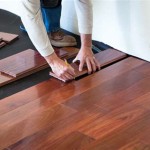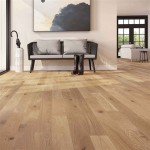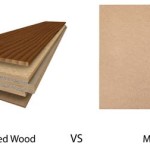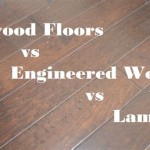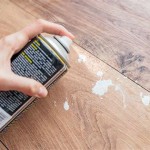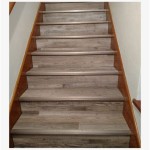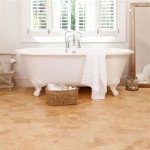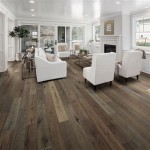Do You Need Treated Plywood For Subfloor?
When it comes to constructing or repairing a subfloor, one of the key decisions you'll face is whether to use treated plywood or not. Treated plywood is plywood that has been infused with chemicals to protect it from rot, decay, and insect damage. While it's more expensive than untreated plywood, it's often considered a worthwhile investment, especially in areas with high moisture or pest activity.
What are the benefits of using treated plywood for subfloor?
- Durability: Treated plywood is highly resistant to rot, decay, and insect damage, which makes it a long-lasting and durable option for subfloors.
- Water resistance: The chemicals used to treat the plywood help to repel water, making it a good choice for areas with high moisture levels.
- Pest resistance: Treated plywood is treated with chemicals that deter pests, such as termites and wood-boring beetles.
When should you use treated plywood for subfloor?
There are several situations where using treated plywood for subfloor is highly recommended:
- Outdoor areas: Subfloors in outdoor areas, such as decks or patios, are exposed to the elements and are therefore more susceptible to rot and decay. Treated plywood is an excellent option for these areas.
- Bathrooms and kitchens: These areas tend to have higher levels of moisture due to water usage. Treated plywood can help to prevent water damage and mold growth.
- Crawl spaces: Crawl spaces are often damp and dark, creating an ideal environment for rot and pests. Treated plywood can help to protect the subfloor from damage.
- Areas with pest problems: If you have a history of pest problems in your home, using treated plywood for subfloor can help to prevent future infestations.
Can you use untreated plywood for subfloor?
While treated plywood is generally recommended for subfloors, there are some cases where untreated plywood may be acceptable.
- Interior areas with low moisture: If you're installing a subfloor in an interior area that is not prone to moisture or pests, untreated plywood may be a suitable option.
- Temporary installations: If you're installing a subfloor for a temporary structure, such as a shed or playhouse, untreated plywood may suffice.
Conclusion
Ultimately, the decision of whether to use treated plywood for subfloor depends on the specific needs of your project. If you're installing a subfloor in an area with high moisture, pests, or outdoor exposure, treated plywood is highly recommended. However, if you're installing a subfloor in an interior area with low moisture and no pest problems, untreated plywood may be a suitable option. Consider the factors discussed in this article to make an informed decision and ensure a durable and long-lasting subfloor.

Installing Wood Subfloors Over Concrete Hardwood Floors

Plytanium S I Floor Plywood Subfloor Panels Georgia Pacific

Is Pressure Treated Wood Right For You

Prowood 3 4 In X Ft 8 Tongue Groove Underlayment Pressure Treated Plywood 376213 The Home

Plytanium S I Floor Plywood Subfloor Panels Georgia Pacific
Replace Rotted Subfloor Diy Home Improvement Forum

Pressure Treated Lumber Raised Floor Living Pro

Installing Wood Flooring Over Concrete Diy

Prowood 3 4 In X Ft 8 Ground Contact Pressure Treated Pine Performance Rated Sheathing Plywood 106128 The Home

Which Wood Is Best For Flooring Easiklip Floors
See Also
